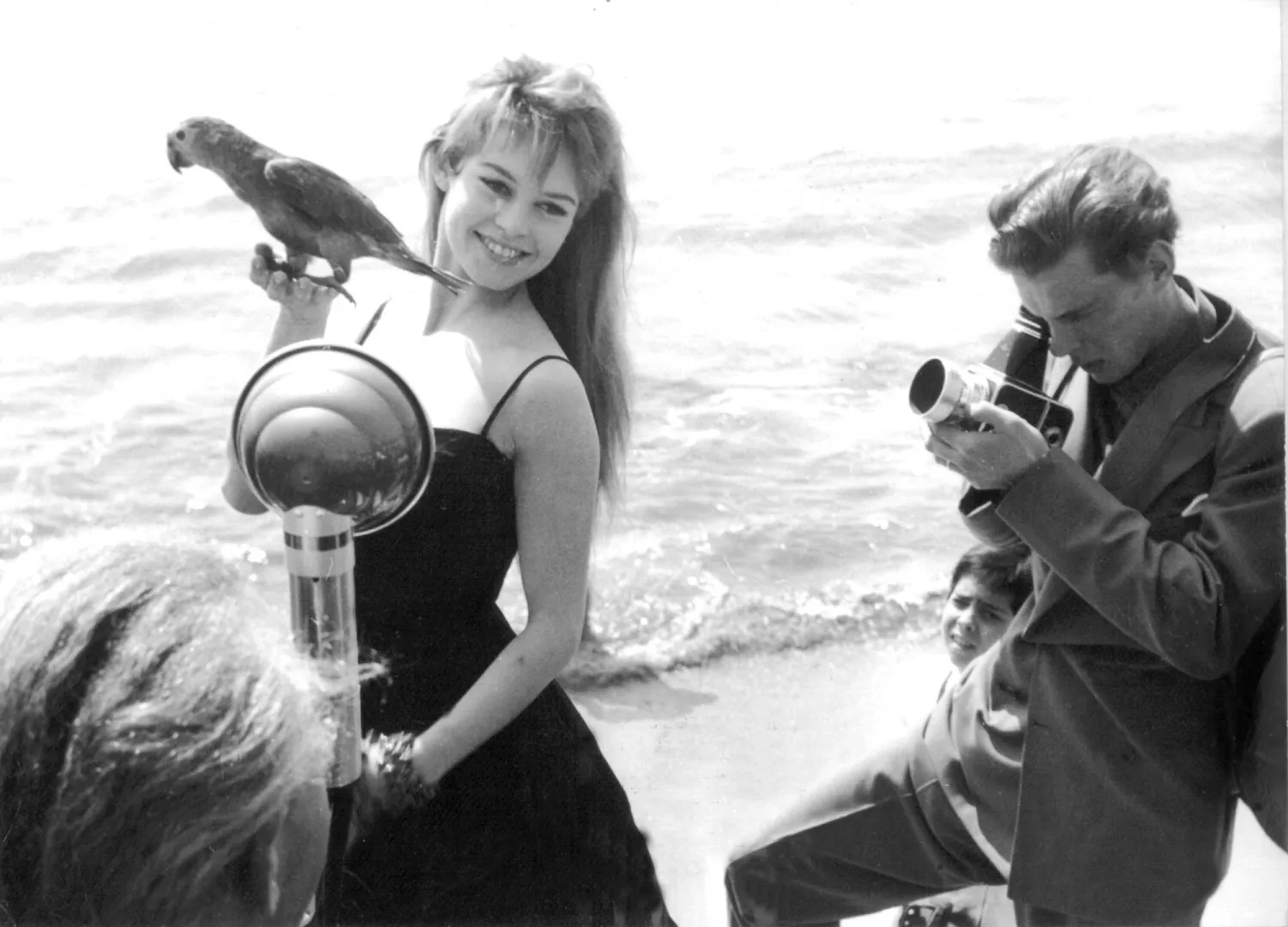Japan's tourism chief said Thursday its ambitious goal of luring 60 million foreign tourists a year -- more than double the current level -- is well within reach, despite surging overtourism concerns.
Japan last year attracted over 25 million tourists from abroad, in part buoyed by the lifting of pandemic-era border restrictions, from countries such as South Korea, Singapore and the United States, said AFP.
Ichiro Takahashi, head of Japan's tourism agency, acknowledged the previously announced target of 60 million remains "tough", but stressed it is within the realm of possibility.
"It is a figure that we can very much achieve by making the right efforts", Takahashi told a briefing in Tokyo.
"There are still many little-known places in Japan that are left unexplored by tourists from overseas -- I believe Japan has infinite tourism resources," Takahashi said.
Over three million foreign tourists visited Japan for a third consecutive month in May, according to government statistics released Wednesday.
But an influx of tourists to Japan has reignited concerns over overtourism in recent months, with local residents complaining of their sometimes unruly behavior and etiquette breaches.
The city of Himeji, in western Japan, was among the latest local governments to express frustrations.
The municipality famous for Himeji Castle is mulling making the World Heritage site's admission fees for overseas tourists four times as expensive as those for local residents, local media reported.
"A wooden structure will be worn out and become more brittle after many people climb up and down", mayor Hideyasu Kiyomoto told Japanese media, stressing the need to "curb overtourism".
Local citizens using the castle as a community hub shouldn't be charged the same amount as "people who only come here once in around 10 years for sightseeing purposes", he said.
Another flashpoint around overtourism is Mount Fuji, where a new, crowd-control gate was erected Monday along its popular trail.
The measure followed a rare step taken last month by an exasperated Japanese town to deliberately block a view of the volcano with a large black barrier, in a bid to deter photo-hungry tourists.
Japan Seeks More Visitors Despite Overtourism Woes

The municipality famous for Himeji Castle is reportedly mulling making the World Heritage site's admission fees for overseas tourists four times as expensive as those for local residents. CHARLY TRIBALLEAU / AFP

Japan Seeks More Visitors Despite Overtourism Woes

The municipality famous for Himeji Castle is reportedly mulling making the World Heritage site's admission fees for overseas tourists four times as expensive as those for local residents. CHARLY TRIBALLEAU / AFP
لم تشترك بعد
انشئ حساباً خاصاً بك لتحصل على أخبار مخصصة لك ولتتمتع بخاصية حفظ المقالات وتتلقى نشراتنا البريدية المتنوعة







